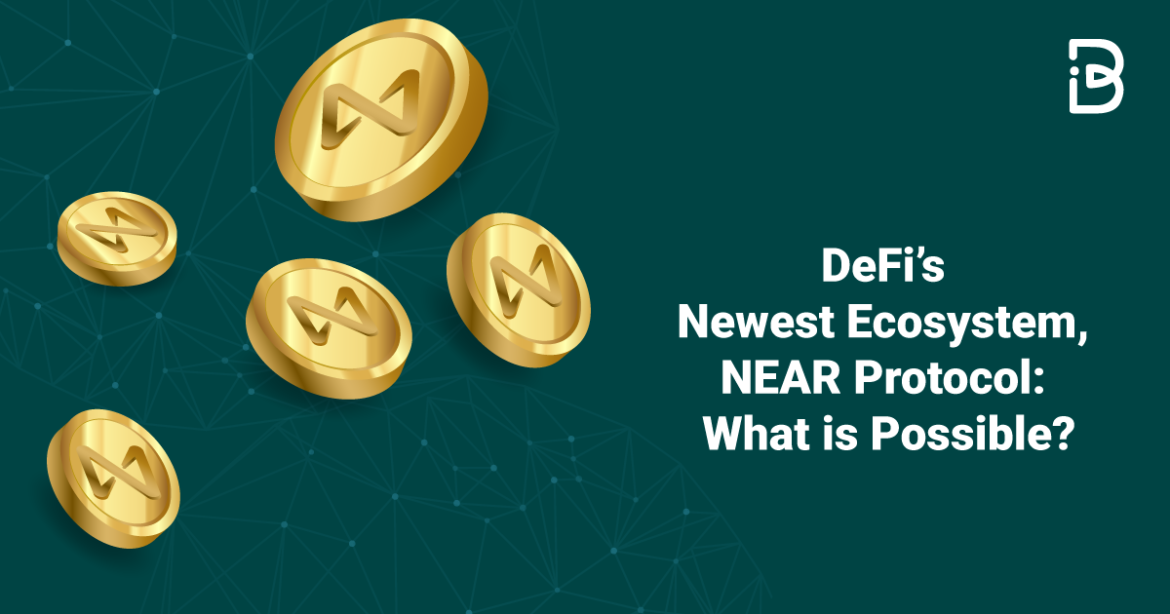The ever-growing DeFi space has yet another protocol, growing quietly up until and has now taken the community aback with its impressive features. We’re talking about the NEAR protocol that promises users a more sustainable and inclusive future.
The cryptocurrency sector is still in its active growth stage and seems quite far from complete acceptance ? there exist barriers to mass adoption, such as a difficult user experience, blockchain complexity, and other things that are not easily comprehended by the average user. The NEAR protocol project, which has captured a substantial chunk of the crypto market’s interest, should alleviate all of these issues.
The Layer 1 blockchain, hit a milestone with the NEAR token reaching an all-time high of $18.70 in January this year. This may be in part because NEAR made the headlines as Forbes named Near Protocol the third fastest-growing cryptocurrency ecosystem for developers in 2021.
With promises this big, it surely becomes important to know about NEAR ? its features, working, and vision. This blog takes you through all of it and more, let’s get started.
The Beginning of NEAR
Table of Contents
NEAR Protocol is the brainchild of former Google engineer Illia Polosukhin and Microsoft developer Alexander Skidanov.
In addition to the core team, the projects choosing NEAR as their blockchain partners are quickly becoming go-to resources for individuals and organizations seeking to build within the blockchain space. Flux, Mintbase, and Paras are three different examples of how NEAR is expanding its ecosystem.
Let’s move on to getting to know the protocol better!
An Introduction to NEAR Protocol
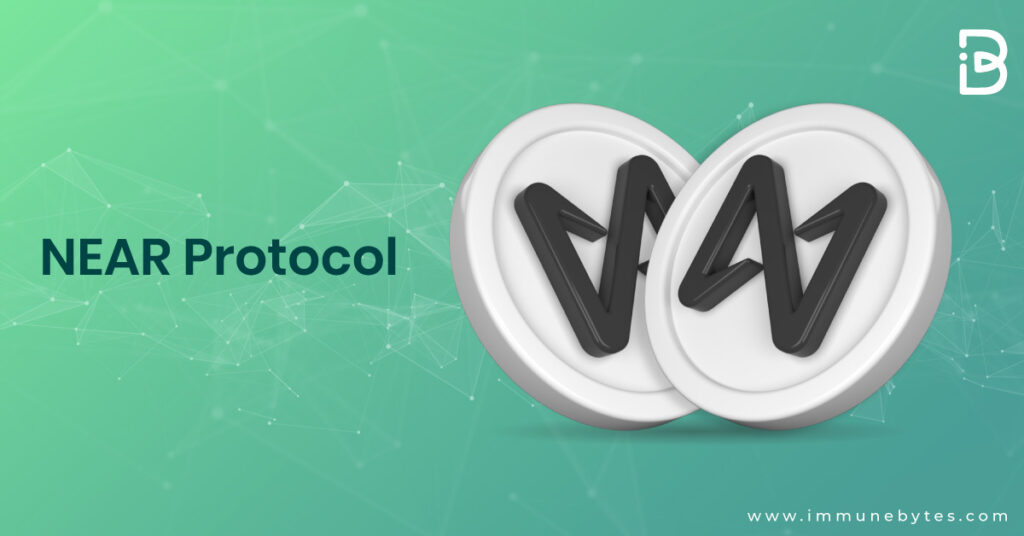
Near Protocol is a decentralized application (DApp) platform that focuses on usability among developers and users. As a competitor of Ethereum, Near Protocol, is also smart-contract capable and a proof-of-stake (PoS) blockchain.
The envisioned web of the future for NEAR has everything from new currencies to new applications and even wholly new industries. On the NEAR platform, developers can host serverless applications and smart contracts with easy access to open finance networks and benefit from an entire ecosystem of open web components.
Near uses sharding technology to achieve scalability, a core aspect we’ll discuss later in this blog. The native token, NEAR, is used for transaction fees and storage on the Near crypto platform. Tokens can also be used for staking by NEAR token holders who wish to become transaction validators and help achieve network consensus.
Near was built by the NeaCollective and conceptualized as a community-run cloud computing platform designed to host decentralized applications. It was also built to be both developer and user-friendly, having features such as account names that are human-readable (instead of cryptographic wallet addresses).
How Does NEAR Blockchain Work?
Decentralized applications have made their way into the crypto community with a boom, with DApps running the gamut from games to financial services. However, it can also be observed that scalability remains a common problem in most blockchains, especially among the older ones such as Ethereum and Bitcoin.?
Near seeks to address this issue by building a new blockchain that employs a different architecture. The solution to the problem, devised by Near, was to implement sharding.
Using the sharding strategy, Near can break up the blockchain into smaller, more manageable segments. This reduces the network’s burden by reducing computational load, resulting in an increased throughput of transactions. The sharding solution used by the Near Protocol is called Nightshade.
Nightshade
This scaling technique allows the blockchain to grow endlessly whilst only storing a portion of the complete data on each shard. It allows the blockchain to attain fast transaction speeds. It achieves this through the following operations:
- Dividing the in-process data into ?chunks?.
- Maintaining a single chain of processed data.
The nodes then scrutinize these chunks and add them to the main chain upon completion. Nightshade reduces a lot of potential security failures as the nodes on each shard do not access the data being validated.
Proof of Stake Consensus
As mentioned earlier, the Near protocol uses a PoS system. Nodes interested in becoming transaction validators stake their NEAR tokens to be considered for participation. Token holders may also delegate their stake to their chosen validator if they do not wish to operate a node.
Generally, validators with larger stakes hold more influence in the consensus process. Validators on Near are chosen via an auction system and are chosen at every epoch, typically at a 12-hour interval.
A Bridge Between NEAR and Ethereum
NEAR’s core developer team wanted to design a smart contract that would allow tokens to flow freely between Ethereum, NEAR, and other projects. The team’s vision entailed building a tool that allowed assets to existing on both NEAR and Ethereum, creating a multi-chain Web3 user experience.
To accomplish this, the team would need to create a bridge that would be completely decentralized, and accessible to anyone at any given time. Enters Rainbow Bridge!
Like the name suggests, the Rainbow bridge allows for interoperability between Ethereum and Near. It facilitates the transfer of tokens between both networks effortlessly.?
To execute such a transaction, users must first purchase ETH and enter a smart contract, which then locks in the ETH and mints NEAR tokens on the Near blockchain representing an equal value. Should users wish to retrieve the original ETH, the smart contract allows them to reverse the transaction and re-collect the tokens.
Surely the project looks promising but why should you use it over other protocols in the market? We’re here to tell you just that!
Additional Resource: Bridge Arbitrum To Metamask
Why Choose NEAR?
Near offers one thing that our classic blockchains don’t: scalability. The power to run a massive number of transactions simultaneously on the network. Apart from that, it facilitates secure transactions at a much lower cost.
Likewise, Ethereum developers planning to build bridges to their application to Near can also use its layer-2 solutions. Near Protocol, investors can also add it to their investment portfolio and bank on Near’s unique solution to scaling: sharding.
The NEAR token has various use cases. Each token is identical to Ether and can be used for the following:
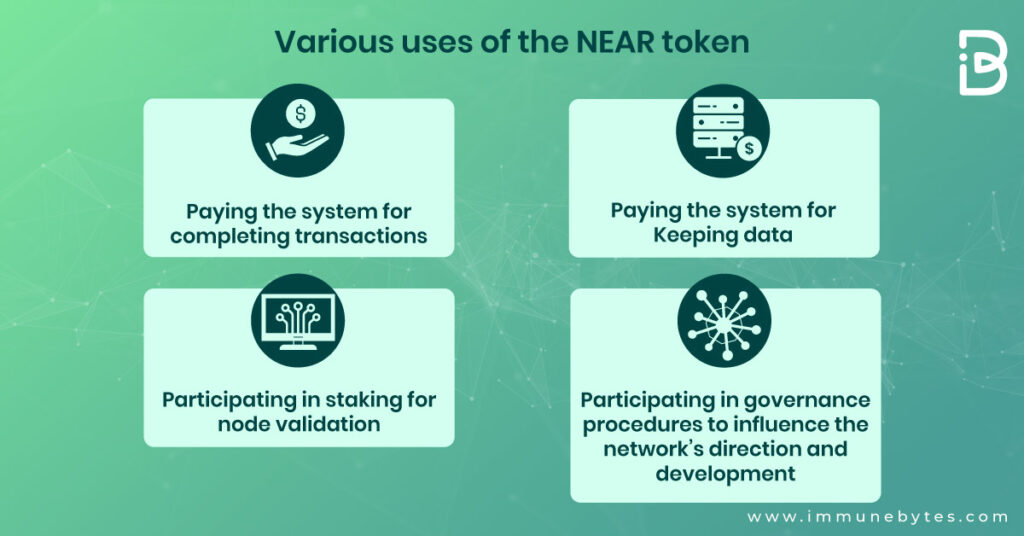
The icing on the cake is some of the most unique features of Near!
- The Near Protocol uses the ?progressive security? approach. Here users need to provide some basic personal details when joining initially. The rest of the details are taken when they initiate their first transaction on the network.
- The Near Protocol uses a unique consensus mechanism called Doomslug, which boosts efficiency while ensuring that ?finality? is achieved within seconds of transacting. The finality means that the associated data can neither be tampered with nor reversed by anyone on the network once it is added to the blockchain.
- Near is capable of transaction speeds of up to 1,00,000 TPS with instant finality. This also implies that the transaction fees on Near are 10,000x lower than that of Ethereum.
Another very important contributing factor to Near’s success is the successful launch of Aurora! Let’s see what it is.
Recommend: Near Token Audit
Aurora Cross-Chain Bridge
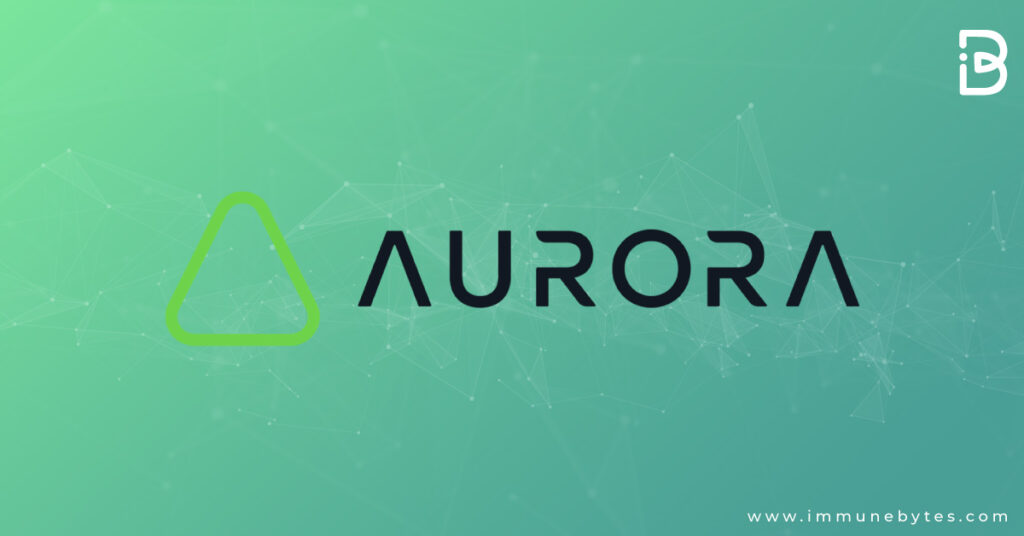
Aurora is a project which was started originally by a core team of NEAR developers and is now helping build bridges to other ecosystems and accelerating the adoption and decentralization in equal measure.
Aurora is an Ethereum Virtual Machine created by the team at the NEAR Protocol, delivering a turn-key solution for developers to operate their apps on an Ethereum-compatible, high-throughput, scalable and future-safe platform, with low transaction costs for their users.
Aurora utilizes the Rainbow Bridge to facilitate the migration of assets between supported networks and has quickly become a popular protocol for cross-chain transfers with more than $532 million in total value locked, according to Defi Llama.
Recommended: Aurora Security Audit
Projects on NEAR
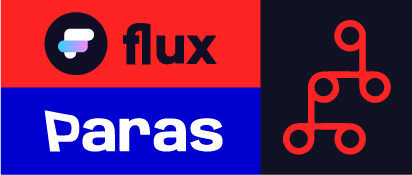
NEAR Protocol has garnered a lot of interest both inside and outside of the cryptocurrency sector in its more than two years of existence. During this period, the NEAR ecosystem has grown rapidly, and many new and intriguing initiatives have joined it.
We have described three of those projects here to give you an idea about the range of the NEAR ecosystems.
- The Flux Protocol
Flux develops the easiest protocol for developers to establish markets on virtually anything. It is a cross-chain oracle that provides smart contracts with access to economically secure data feeds on anything. Part of that aim is to develop an open-source application for open markets that is creative, easy, and flexible.
The NEAR Wallet serves as the foundation for the Flux open source program. NEAR Wallet is a non-custodial wallet in the form of a browser extension that allows account names for addresses, making it easier and more familiar to web2 users.
- Mintbase
Mintbase is a marketplace, pretty similar to Amazon. It enables any user, including those with little technical knowledge, to develop and distribute their unique digital goods via their smart contract.
The typical price for engaging with smart contracts can sometimes approach the double digits. Due to these drawbacks, the Mintbase team sought out an alternate platform and discovered the NEAR Protocol.
- Paras
Paras is an NFT marketplace that focuses on digital collectibles. They thrive upon bringing conventional collectibles to the crypto space. They started with digital art cards that were inspired by real-world trading cards that have been bulletproof and forever lasting since they were introduced back in the 80s.
NEAR’s NFT community has been waiting in the curtains and is now center stage, using ultra-fast sharding technology to mint NFTs at speed and scale. These were among the many projects running on Near and contributing to its expanding ecosystem.
Concluding Thoughts
NEAR may have been the underdog up until now but as the number of projects within its growing ecosystem increases, it is quickly coming into focus.
One thing that is remarkable about the protocol is that the core team and developers at Near have remained steadily focused on building a fast, scalable blockchain. The team has been successful in establishing a mechanism where the network can be dynamically adjusted based on user demand, making it cost-efficient for the users.
The project definitely looks promising and has caught the attention of the community at the right time. It would be interesting how the team progresses, rolling out newer features in the coming future!
About Us
ImmuneBytes is a Blockchain audit firm that employs the industry’s best tools and practices to provide a comprehensive smart contract audit. We have a team of robust and experienced security professionals who are adept at their niches and provide you with a quality service. We have worked on 175+ projects spread across the world on different Blockchain frameworks with some of the industry’s top firms and we continue to unfold the decentralized movement.
We are also providing consultancy, coming up with a bug bounty platform, and also an insurance product to provide our clients with a hassle-free security product catalog. Stay tuned.

